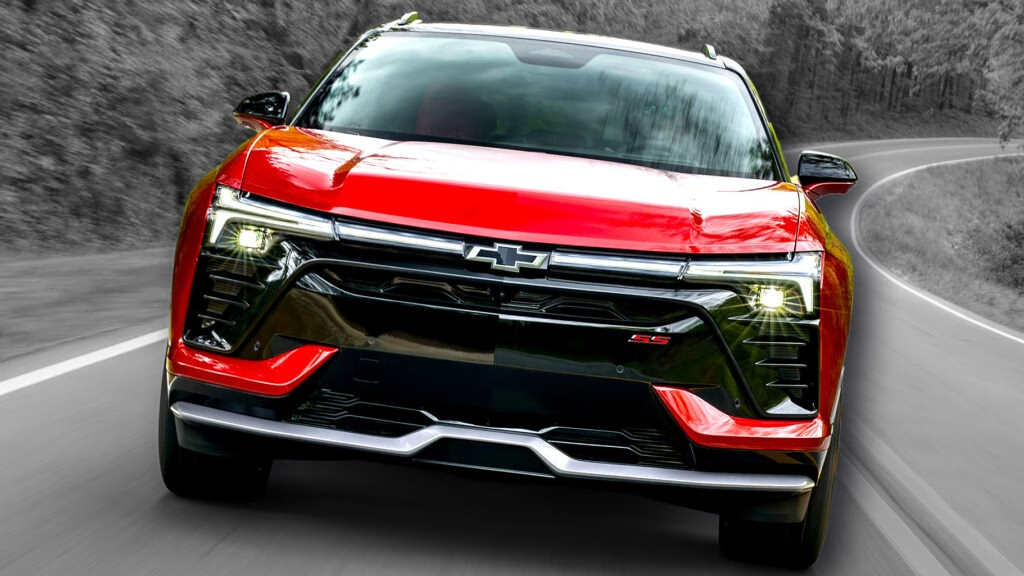How Will GM’s New Battery Strategy Make Electric Cars More Affordable?
General Motors is making a bold move to shake up the electric vehicle market, and it all comes down to batteries. The company is investing in lithium iron phosphate (LFP) battery technology, aiming to drive down costs and make EVs accessible to more drivers. But what does this mean for you, and why is it such a big deal? Let’s break it down.
Why Is GM Betting on Lithium Iron Phosphate Batteries?
You might be wondering: what’s so special about LFP batteries? For starters, they’re significantly cheaper to produce than the nickel-rich batteries found in most current EVs. According to BloombergNEF, LFP battery packs can cost up to 20% less than their nickel manganese cobalt (NMC) counterparts. That’s not pocket change—those savings can translate directly into lower sticker prices for new electric cars.
But cost isn’t the only factor. LFP batteries are also known for their durability and safety. They’re less prone to overheating, which means fewer worries about battery fires—a concern that’s made headlines in the past. Plus, they can handle more charge cycles before their capacity starts to fade. The trade-off? LFP batteries typically offer a bit less range than high-nickel chemistries. For many drivers, especially those sticking to city commutes or short trips, that’s a compromise worth making.
What’s Happening at GM’s Tennessee Plant?
GM’s Spring Hill, Tennessee Ultium Cells plant is about to get a major upgrade. Starting later this year, the facility will be retooled to produce these low-cost LFP batteries, with production slated to kick off in late 2027. This isn’t just a technical tweak—it’s a strategic shift. By manufacturing LFP batteries in the U.S., GM is positioning itself to meet growing demand for affordable EVs while also qualifying for federal incentives tied to domestic production.
The company’s vice president of batteries, propulsion, and sustainability put it plainly: this move will let GM scale up LFP cell production, complementing their existing high-nickel and future lithium manganese rich (LMR) battery solutions. In other words, GM wants to offer a menu of battery options, so buyers can pick what fits their needs and budgets best.
Which Cars Will Get the New Batteries?
GM hasn’t named names just yet, but the writing’s on the wall. The company is doubling down on affordable EVs, and the timing lines up with the return of the Chevrolet Bolt—set to roll out from the Fairfax Assembly plant by the end of this year. While luxury models like the Cadillac Lyriq and Vistiq are built nearby, it’s more likely these LFP batteries will power the next wave of budget-friendly electric Chevys and Buicks.
This approach mirrors what’s happening globally. In China, LFP batteries already dominate the affordable EV segment, powering bestsellers from brands like BYD and Tesla’s entry-level Model 3 and Model Y. The U.S. market is catching up, and GM’s move could be the tipping point.
What About GM’s Other Battery Innovations?
LFP isn’t the only chemistry in GM’s playbook. The company is also pushing hard on lithium manganese rich (LMR) batteries—a technology that promises higher energy density and longer range without the sky-high costs of nickel and cobalt. Construction at GM’s Ancker-Johnson Battery Cell Development Center in Michigan just hit a milestone, with the final steel beam set in place. Once operational, this center will focus on bringing LMR batteries to market faster than anyone else, potentially shaving a year off development timelines.
Why does this matter? Because battery innovation is the single biggest lever for making EVs cheaper, more reliable, and more practical for everyday drivers. By diversifying its battery lineup, GM is hedging its bets and giving itself room to adapt as the technology—and the market—evolves.
How Will These Changes Affect EV Prices and Consumer Choice?
Here’s where things get interesting for buyers. Battery packs are the most expensive part of an electric vehicle, often accounting for 30-40% of the total cost. By switching to LFP for certain models, GM could knock thousands off the price tag. That’s a game-changer for families or first-time EV buyers who’ve been put off by high prices.
At the same time, GM isn’t abandoning higher-performance batteries. For drivers who want maximum range or power, options with nickel-rich or LMR chemistries will still be available. It’s a bit like choosing between regular and premium fuel—except the difference could be a few thousand dollars in your pocket.
What’s the Broader Impact on the EV Market?
GM’s battery strategy isn’t happening in a vacuum. The entire industry is racing to cut costs and boost production as EV adoption accelerates. According to the International Energy Agency, global EV sales are expected to hit 17 million in 2024, up from just 2 million in 2019. But price remains the biggest barrier for most buyers.
By investing in domestic battery production and embracing multiple chemistries, GM is helping to build a more resilient, flexible supply chain. That’s good news not just for GM, but for the entire U.S. auto industry—and for consumers who want more choices at better prices.
The big takeaway? Making EVs affordable isn’t about perfection—it’s about smarter adjustments. Start with one change this week, and you’ll likely spot the difference by month’s end. For GM, that change is betting on LFP batteries. For drivers, it could mean finally seeing an electric car in the driveway that doesn’t break the bank.

